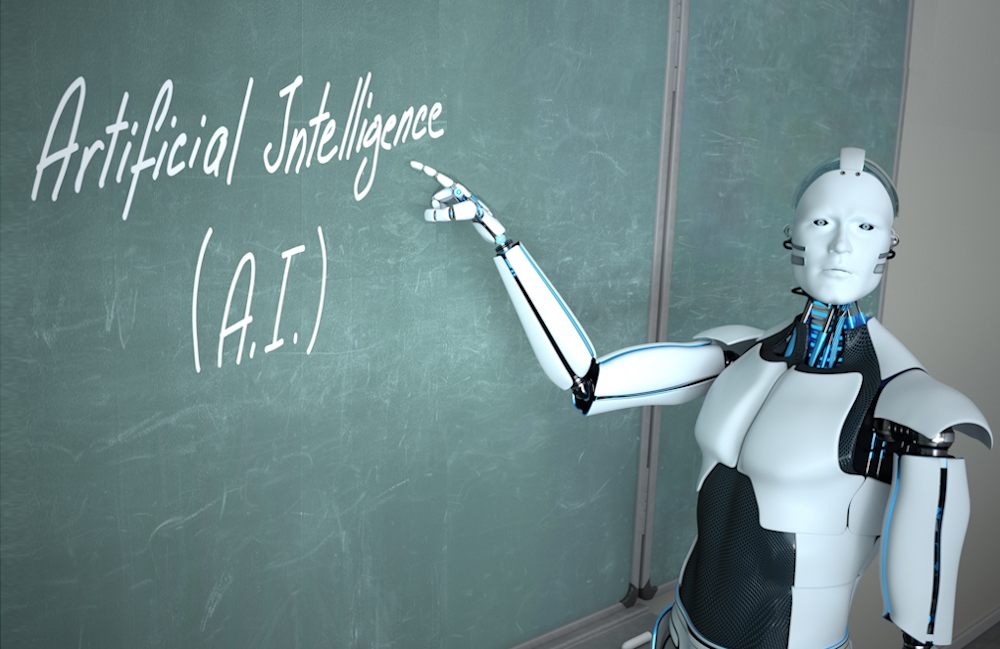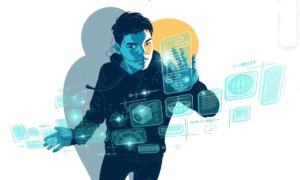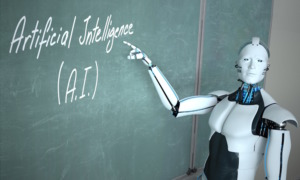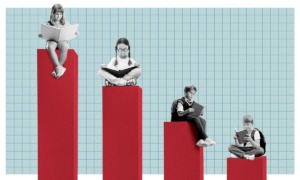This story first appeared at The 74, a nonprofit news site covering education.
One in three American teachers have used artificial intelligence tools in their teaching at least once, with English and social studies teachers leading the way, according to a RAND Corporation survey released last month. While the new technology isn’t yet transforming how kids learn, both teachers and district leaders expect that it will become an increasingly common feature of school life.
A RAND poll released last month finds English and social studies teachers embracing tools like ChatGPT.
In all, two-thirds of respondents said they hadn’t used AI in their work, including 9 percent who reported they’d never heard of tools and products like OpenAI’s ChatGPT or Google’s Gemini. By contrast, 18 percent of participants said they regularly relied on such offerings, and 15 percent said they had tried them before but don’t intend to use them more regularly.
Melissa Kay Diliberti, a policy researcher at RAND and one of the report’s co-authors, said the current minority of users constitutes a “foothold” in schools that is poised to grow with time — and that has already expanded massively in the 17 months since ChatGPT was first unveiled to an unsuspecting public in November 2022.
“There seem to be a small number of people on the bandwagon, but the bandwagon is moving forward,” Diliberti said.
The gleanings of broader public opinion research are somewhat diffuse, but there is reason to think that the level of AI take-up by teachers is comparable to, or even further along than, that of other professionals. In previous polls, similar minorities of lawyers (15 percent), journalists (28 percent), human resources staff (26 percent), and doctors (38 percent) have reported using AI in a variety of tasks.
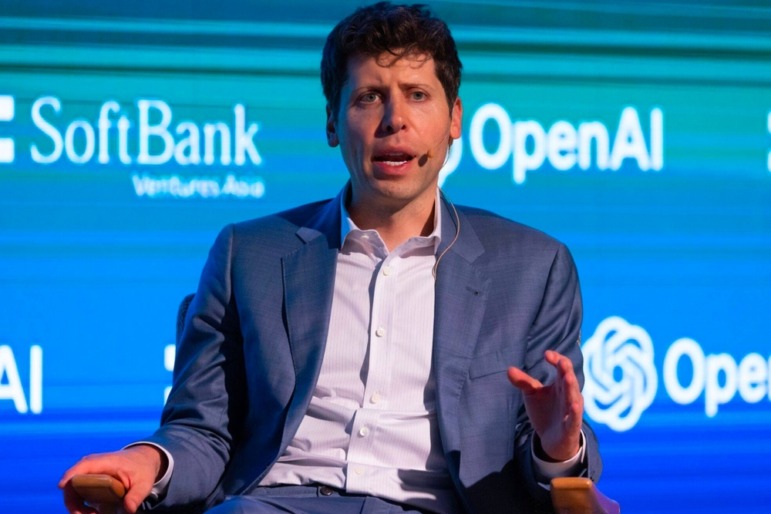
photosince/Shutterstock
OpenAI CEO Sam Altman, whose company developed ChatGPT.
And teachers’ outlook on the future is suggestive: Nearly all respondents who already use AI tools believe they will use it more in the 2024–25 school year than they do now, while 28 percent of non-users predicted they would eventually try them out.
Use of artificial intelligence was roughly even across different kinds of schools, whether broken down by student demographics, poverty levels or rural/urban geography. By contrast, middle and high school teachers were almost twice as likely to say they used AI than their counterparts in elementary school (23 percent vs. 12 percent), and English and social studies instructors reported higher use than those in STEM disciplines (27 percent versus 19 percent).
[Related Case Study: How two teachers use AI behind the scenes to build lessons & save time]
While cautioning against overinterpreting results in a relatively small sample, Diliberti reasoned that English and social studies teachers are also more likely to create or modify their own curricular materials or source them from online marketplaces like Teachers Pay Teachers. Outsourcing some of those efforts — along with periodic non-instructional tasks, such as composing emails to parents or letters of recommendation to colleges — to AI could save hundreds of hours over the course of a school year.
“You could see where AI might be a way to ease the burden of a task they’re already doing,” she said. “That might be why these teachers appear to be more inclined to use AI than a math teacher, who could be more tightly focused on a given curriculum that’s used throughout the school.”
Among teachers regularly using AI, close to half said they did so to generate classroom assignments or worksheets (40 percent), lesson plans (41 percent), or assessments for students (49 percent).
Establishing a ‘foothold’
Amanda Bickerstaff, CEO of AI for Education, a company that advises school districts on the use of artificial intelligence, said the RAND poll is notable for being “the first survey I’ve seen that seems representative of what is happening in schools.
A cautionary AI tale — Why IBM’s dazzling Watson Supercomputer made a lousy tutor]
In training sessions she has conducted for tens of thousands of classroom teachers and administrators since last year, Bickerstaff said she and her colleagues have received a warm reception from audiences, but also uneven awareness of what AI can accomplish. Early adopters might simply be tech enthusiasts, or they could be special education teachers hoping to make their instruction more accessible.
Curiosity about the new technology “is coming from the bottom-up as well as the top-down,” she observed. “One of the more interesting things is that we’re seeing more teachers using AI in schools than schools and districts teaching them to use it.”
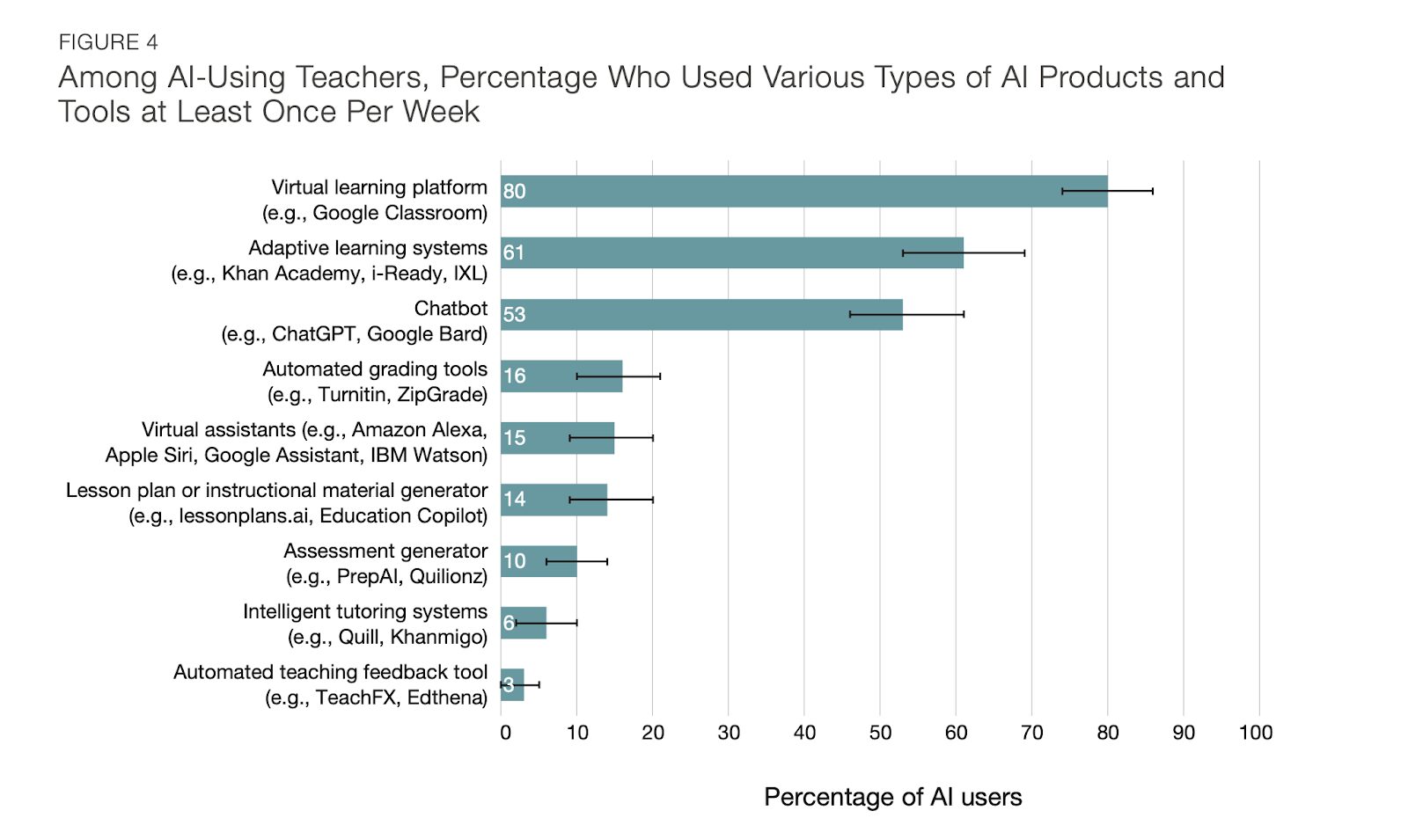
Partly because guidance and professional development still trail teacher interest, a little under 10 percent of all survey respondents said they were seeking out AI tools of their own initiative. At present, the most commonly used products were popular platforms like Google Classroom, adaptive learning systems offered by Khan Academy and i-Ready, and the nearly ubiquitous chatbots.
[Related: ‘Distrust, Detection & Discipline:’ New data reveals teachers’ ChatGPT crackdown]
Diliberti said she wasn’t surprised that incumbent players like Google and OpenAI, powered by billions of dollars in investment and promotion, have gained early primacy in the K–12 arena. But she added it was striking that lesser-known products that are specifically geared toward activities like lesson planning and assessment generation haven’t won the following of more multifunctional alternatives like ChatGPT.
“It’s notable that teachers seem to be using more generic tools instead of dedicated tools that were developed for this purpose,” she said.
Bickerstaff argued that the survey results demonstrated that teachers, increasingly finding their own way to AI, should be provided more training on the use of existing tools. Beyond that, she said, public and private actors should broaden access to more advanced versions of those tools, which are now available at subscription costs averaging about $20 per month, to allow teachers to gain a better understanding of their applications.
“These tools make mistakes, they’re biased, and they require significant training to be able to use them. You need support on how to use the tools before you can get the best out of them.”
***
Kevin Mahnken is a Washington, D.C.-based senior writer at The 74 reporting on education, economics, and state policy. His work has appeared in Forbes, HuffPost, MSN (US), New York Daily News, The Atlantic, and The Washington Post, and other national publications.
This story first appeared at The 74, a nonprofit news site covering education. Sign up for free newsletters from The 74.


